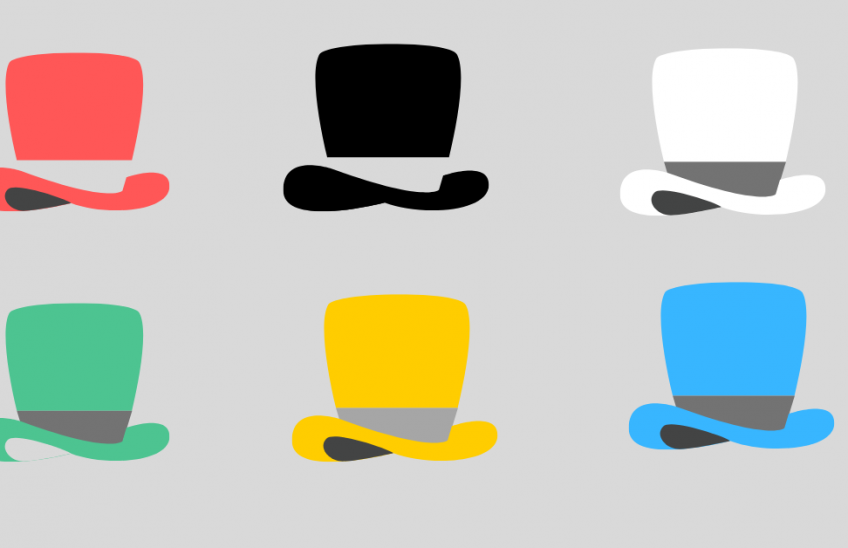Recruitment has evolved very fast in the last years, and as recruiters, we are exposed to deal with new situations that require us to provide fast solutions for candidates and hiring managers.
When a person faces a decision-making process, our brain starts to evaluate all the options by using reasoning or emotions that bring us to choose for an alternative at that moment.
This is the moment where we enter into a mental process considering the pros, cons, facts and other kinds of relevant information that help us to convince ourselves that one is the right choice or the right candidate for our position. This is a very complex process for the brain (and sometimes exhausting), and it turns especially tricky when it comes to taking a shared-decision: in our case hiring or rejecting that candidate.
Haven’t you ever been confronted with a hiring manager about hiring a potential candidate?
Are we always defending our interests and being capable of including the other’s perspective and vice versa?
Edward De Bono realized that there are patterns of human behavior that lead us to stick to a specific point of view.
The main idea behind the six hats is to simplify the way of thinking and create a process that everybody can follow because we make it systematic and public to everyone. We all commit more to things we say in public, don’t you?
This statement should include everybody’s point of view, instead of getting into exhausted and unproductive hours of discussing without any fruitful result (and a lot of frictions).
If you realized, in general, when people participate in a structured way of thinking generates trust and self-esteem, not only for the individual but also for the rest of the group.
In the end, with this methodology, everyone is aware of all the different perspectives, and we all work in a conscious way to find solutions more cooperatively.
Why considering how other people think will help you to be a better recruiter?
The result of the hat-exchange exercise is that it facilitates the change of attitude (and moving forward in a consensus-based formula) involving your hiring managers. Participants can see different points of view to the same problem exposed, which creates a better recruitment map to work and consequently to take better decisions.
Edward de Bono is well known for creating the Lateral thinking concept and developing methodologies around this subject for the last 50 years.
He refers to two ways we solve problems:
– Vertical thinking (by analysis). It focuses on the things we already know, and we use it when we follow specific sequences orderly. It is based on logic, knowledge, origins, values, roots, etc.… It is directional, we can communicate what we want.
When we achieve a certain level of competency, we know exactly how to recruit and source. It is because it is organized. It is easier and faster for us because we connect the WHAT with the HOW.
– Lateral thinking (by creativity): is motivating, engaging, innovating, induction…we have the capacity of understanding people and linking different concepts. (connecting the dots).
Our lateral thinking is conditioned by how we put that imagination into practice: LEARNING BY DOING.
How understanding this technique allow us to improve our job as a recruiter/sourcer?
- De Bono concluded that there is six different and specific way of thinking, in terms of how solving problems and forecast future incidents. The different personalities are symbolized in six hats of colors. The idea behind each hat is that each person seeks to change to a different hat to see things from a different perspective.
These hats are:
White hat: is the practical person, goal-oriented, based on execution tasks, on physical activities that can measure. It is the person putting the data on the table and sticks to it.
Red hat: is an emotional person. He’s intuitive and talks about feelings, and relationships (family members, peers…). Tends to decorate things.
Black hat: is the apocalyptic person: everything is going to be wrong. All his expectations are going to be failed. It might better do not listen to him/her if too pessimistic. It doesn’t help.
Yellow hat: is the Optimist. He’s a permanent joy, fun, and always finds the best in each situation. These people might be too unrealistic.
Green hat: it’s creative. He/she stimulates the situations to develop and grow. Always bring new ideas, is encouraging to others, see new opportunities where others don’t; his/her thinking approach has a sense of contribution and direction. Finds alternatives when everybody is stuck in a situation. It’s a practical person.
Blue hat: Establish the strategy. He knows the territory and marks the road. Stays on top of things. It is the mediator. He is the one capable of putting in both parties’ shoes to make progress on the situation.pro
In the end, you already probably realized that collective decisions require to put everybody agrees on a specific condition providing solutions eliminating the objections or problem itself. Think in all those times was left the vacancy was left months open because you didn’t agree with your client or your hiring manager and the job.
The more you consider implementing new techniques that make you develop new abilities, capacities, or competencies, the more you become more creative and analytical. You will make your life easier.
Which hat do you feel identified with? Who represents better your line managers?
